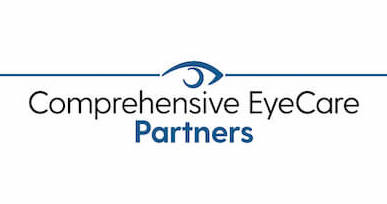
Fireworks can be a fun and festive part of many summer celebrations, but when not handled properly, they can cause eye injuries that can end a night of fun. According to the US Consumer Product Safety Commission, the number of fireworks-related injuries has steadily risen over the past fifteen years.
Many injuries are eye-related, which is why the American Academy of Ophthalmology has designated June as Fireworks Eye Safety Awareness Month. They have set aside this month to raise awareness about the risk of eye injuries posed by mishandled fireworks.
June has also been designated Cataract Awareness Month by Prevent Blindness, a non-profit organization whose mission is to provide information and resources on the leading causes of vision loss in the United States. As cataracts are one of the leading causes of vision impairment in the US, Cataract Awareness Month is a good opportunity to learn more about this serious yet common eye condition.
Keep reading to learn what to know during Fireworks Eye Safety and Cataract Awareness Month!
How to Reduce the Risk of Eye Injury When Using Fireworks
The most common eye injuries caused by fireworks are damage to the cornea and retina, most often sustained when shrapnel or debris from fireworks hit or are lodged in the eyes. These injuries can lead to serious damage to the structure of the eyes, causing vision impairment or vision loss that can be permanent.
Here are some of the ways you can reduce the risk of eye injury when using fireworks:
- Wear protective eyewear when using fireworks
- After lighting a firework, quickly move a safe distance away, at least one hundred yards
- Do not attempt to handle or re-light fireworks that have not fully ignited
- Closely supervise children when celebrating with any kind of fireworks, including sparklers
- Never use fireworks when impaired by drugs or alcohol
If an eye injury does occur while using fireworks, it is important to seek immediate medical attention. Seeking immediate medical attention is the best way to minimize potential eye damage following an eye injury caused by fireworks.
You can prevent an eye injury caused by fireworks from ruining your celebrations this summer by being aware of the risks and following some sensible safety precautions. When handled properly, fireworks can be quite a sight on a summer night!
What Causes Cataracts?
Cataracts occur when proteins in the eye break down and clump together inside the eye’s lens. These clumped proteins block light from entering the eye, which in turn causes vision impairment.
Vision impairment usually develops slowly over time as the clumped proteins accumulate and the cataracts grow. Since cataracts are typically age-related, older adults are most likely to develop cataracts.
While cases are rare, young adults and children can also develop cataracts. This is often due to medication, trauma to the eye, or previous eye surgery.
What Are the Symptoms of Cataracts?
People with cataracts often report these common symptoms:
- Cloudy vision
- Increased sensitivity to light
- Blurry or distorted vision
- Decreased night vision
Cataracts can also cause the pupil to appear cloudy as if a milky white or yellow film were covering it.
How are Cataracts Treated?
Surgery is the only effective treatment for cataracts. During cataract surgery, the clouded natural lens is replaced with a clear artificial intraocular lens, also known as an IOL.
A standard IOL can not only eliminate cloudy vision, but it can also improve or correct vision at a single distance. There are also premium IOLs which can eliminate cloudy vision and allow you to see clearly at all distances.
While you can’t prevent cataracts, you can protect the quality of your vision by learning more about this common eye condition during Cataract Awareness Month!
Are you beginning to experience the signs and symptoms of cataracts? Schedule an appointment at Shepherd Eye Center at one of our 5 locations in Las Vegas or Henderson, NV, today!


